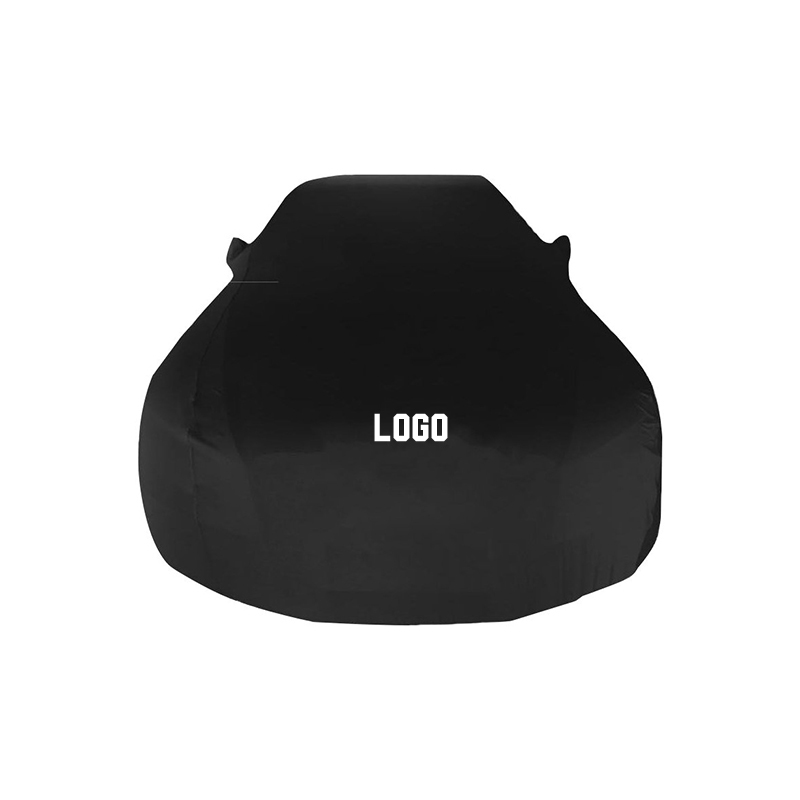Owning a motorcycle is more than just having a mode of transportation—it’s a lifestyle, a passion, and in many cases, a long-term investment. Whether you ride daily or keep your bike tucked away for weekend adventures, protecting it should be a top priority. One of the simplest yet most effective ways to extend the life of your motorcycle is by using a motorcycle cover.
This article dives deep into why motorcycle covers matter, the different types available, the key features to look for, and how to properly care for both your bike and its cover.
Why Motorcycle Covers Are Essential
Motorcycles are built for the open road, but when parked, they’re highly vulnerable to external elements. A quality cover shields your bike from:
Weather Damage: Rain can cause rust, while prolonged sun exposure fades paint, plastics, and leather. Snow and ice may cause corrosion in exposed metal components.
Dust and Dirt: Even in a garage, dust accumulates quickly, dulling your bike’s finish and clogging mechanical parts.
UV Rays: Ultraviolet radiation breaks down paint, plastics, and rubber, leading to cracking and fading.
Bird Droppings & Tree Sap: These acidic substances can etch into paint if not cleaned quickly.
Theft Deterrent: A covered motorcycle is less noticeable, and many covers come with lockable grommets to discourage thieves.
Pests: Covers make it harder for small animals to crawl into air intakes or nest in hidden areas.
In short, a motorcycle cover serves as the first line of defense against the elements and unwanted attention.
Types of Motorcycle Covers
Not all covers are created equal. Understanding the main categories helps you choose the best one for your riding and storage habits.
1. Outdoor Covers
Made from heavy-duty, waterproof, and UV-resistant materials.
Designed to protect against rain, snow, sun, and dust.
Often feature ventilation panels to reduce condensation.
Best for riders who park their bikes outside regularly.
2. Indoor Covers
Lightweight, breathable fabrics designed to shield against dust and scratches.
Usually not waterproof, but soft enough to prevent abrasion.
Ideal for garage-kept motorcycles.
3. All-Season Covers
A hybrid option designed to handle both indoor and outdoor use.
Offers a balance of weather protection and breathability.
Great for riders who alternate between garage and outdoor parking.
4. Custom-Fit vs. Universal Covers
Custom-Fit: Tailored for specific makes and models, offering snug protection.
Universal Fit: Cheaper and more versatile, but may not fit tightly, which could allow wind to lift it or moisture to sneak in.
Key Features to Look For
When shopping for a motorcycle cover, consider these essential features:
Material Quality: Look for polyester or nylon blends with waterproof coatings.
Breathability: Prevents condensation and mold buildup.
Heat Resistance: Covers with heat-resistant panels can be placed on a recently ridden motorcycle without melting.
Locking Grommets: Reinforced holes allow you to secure the cover with a lock or chain.
Elastic Hem & Straps: Keeps the cover tight and secure against wind.
UV Protection: Prevents fading of both the cover and the motorcycle.
Portability: Many covers fold into compact bags for easy storage on the go.
Tips for Using a Motorcycle Cover Properly
Cool Down First: Avoid covering a hot bike unless the cover is heat-resistant. Exhaust pipes can easily burn through standard fabrics.
Clean the Bike Before Covering: Dirt and grit trapped under the cover can scratch the paint.
Ensure Proper Fit: A loose cover flaps in the wind and may cause paint abrasion. Too tight, and it becomes difficult to install or remove.
Secure the Cover: Use built-in straps or cords to prevent it from blowing away.
Dry the Cover Before Storage: Moisture trapped in folded fabric can lead to mildew.
Caring for Your Motorcycle Cover
To extend the life of your cover:
Wash Occasionally: Use mild soap and water; avoid harsh detergents that strip waterproof coatings.
Air Dry Only: Machine drying can damage waterproof layers.
Inspect Regularly: Look for tears, fraying seams, or worn-out elastic and repair promptly.
Do You Really Need One?
Some riders question whether a cover is worth the investment, especially if they store their bike indoors. The reality is that even in a garage, dust, humidity, and accidental scratches can take their toll. A motorcycle cover is a relatively inexpensive accessory compared to costly paint jobs, detailing, or part replacements.
Conclusion
A motorcycle cover may seem like a simple accessory, but it plays a critical role in preserving the condition, performance, and value of your bike. Whether you need rugged protection for outdoor parking or a soft dust shield for indoor storage, choosing the right cover is an easy step toward long-term motorcycle care.

 English
English Español
Español عربى
عربى русский
русский +86-13071889821/13757104168
+86-13071889821/13757104168












